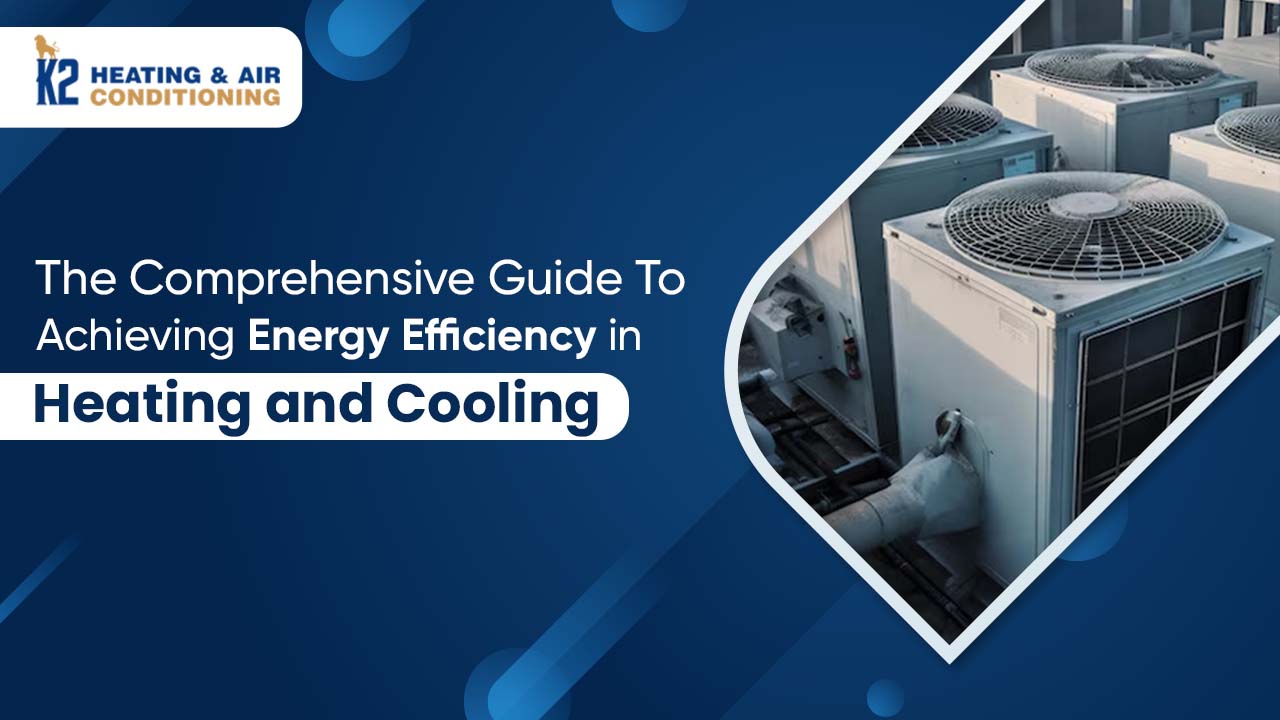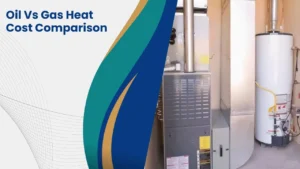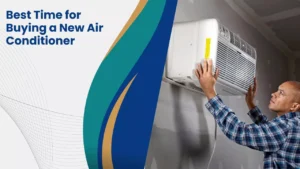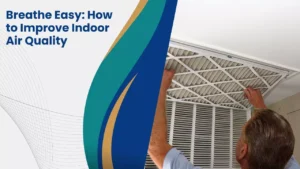On average, households spend more than $2,200 annually on energy, with nearly half of this amount going towards heating and cooling costs. How can we save energy and play our part in achieving a sustainable environment? Are there any ways to efficiently consume energy and be responsible citizens? Can we achieve energy-efficient HVAC systems in all seasons? If yes, then how?
The solution lies further down in this blog. By scrolling, you’ll uncover savvy choices that not only trim energy bills but also boost home comfort and help in the battle against global warming.
What is Energy Efficiency?
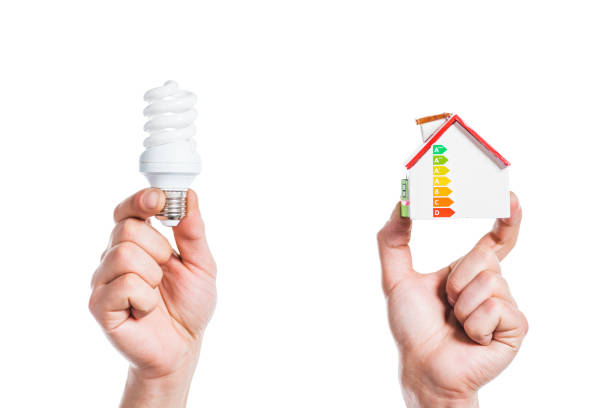
The Environmental and Energy Studies Institute defines energy efficiency as using less energy to achieve the same level of service. For example, consider a light bulb that saves both money and energy while providing the same amount of light as traditional bulbs but using less electricity.
Steps to Achieve Energy-efficient HVAC
Maintain Your Equipment
Dirt buildup and neglect are the primary reasons behind your heating and cooling system’s failure and inefficiency. To ensure that your system operates at its best, it’s crucial to prioritize routine maintenance. This helps prevent issues related to dirt accumulation and ensures that your system functions optimally.
Change the Air Filter Regularly
It’s essential not to overlook the air filter to avoid costly repairs or premature heating and cooling system breakdowns. Regularly changing the filter is vital to shield the system from dust and dirt accumulation, often triggering significant issues and hefty expenses. We suggest replacing the air filter every three months or sooner if it appears dirty. A proactive approach like this can help you avoid headaches and unnecessary expenses.
Give your HVAC system a tune-up
It’s advisable to reach out to a professional technician for the proper maintenance of your HVAC system. Regular maintenance is crucial for preventing any potential malfunctions or issues with your system.
Typically, contractors are less busy during the spring and fall, making these ideal times to schedule check-ups for your cooling and heating systems. It’s wise to plan ahead and schedule maintenance during these off-peak times rather than waiting until the winter or summer seasons when contractors are busier. This proactive approach keeps your HVAC system in top condition year-round.
Install A Smart Thermostat For Better Efficiency
A smart thermostat helps remotely manage your home’s heating and cooling temperatures using your smartphone, tablet, or computer. These thermostats are equipped with Wi-Fi connectivity, granting access to temperature control and other features via a dedicated app on your smart device.
Seal Your Heating And Cooling Ducts
Did you know that the tubes carrying air in and out of your furnace, air conditioner, or heat pump can waste a lot of energy? But here’s a simple solution: sealing and insulating these ducts can improve your heating and cooling system, saving you money and energy.
Start by sealing the ducts that go through places like your attic, crawlspace, or garage. You can use special sealant or tape to cover up any gaps or holes. Then, wrap insulation around them to keep the air inside at the right temperature. After that, check if there are any other ducts you can seal in the parts of your home that you want to keep warm or cool. It’s an easy way to make your home more energy-efficient and comfortable all year round.
Checklist for Overall System Maintenance

Here is the checklist we are providing for your heating and cooling system. Your contractor should complete it in the fall and spring, respectively.
- You might want to double-check your thermostat settings to make sure your heating and cooling system kicks in and shuts off as planned based on the programmed temperatures.
- Be sure to tighten all electrical connections and assess the voltage and current on the motors. Faulty electrical connections can compromise the safety of your system and diminish the lifespan of crucial components.
- Don’t forget to lubricate moving parts. When these parts lack lubrication, they create friction in motors, leading to increased electricity consumption. Moreover, the absence of lubrication can accelerate equipment wear and tear, necessitating more frequent repairs or replacements.
- It’s important to regularly check the condensate drain in the central air conditioner, furnace, or heat pump, especially when it’s running in cooling mode. A blocked drain can cause water damage, affect indoor humidity, and promote bacteria and mold growth in your home.
- Ensure to thoroughly inspect the system controls to ensure proper and safe operation. Verify the starting cycle of the equipment to confirm that the system initiates, operates, and shuts down correctly.
- Take a moment to inspect, clean, or replace the air filter of the central air conditioner, furnace, and/or heat pump. Your contractor can guide you on how to do this yourself. Depending on your system, the filter may be situated in the duct system rather than directly within the heating and cooling equipment.
Concluding The Guide to Achieving Energy-saving HVAC System
This guide is super helpful for homeowners. It gives you all the necessary information and tools to make smart choices, reduce your environmental impact, and combat climate change. By following these tips for optimizing HVAC performance, households can find a good balance between staying comfy, saving money, and caring for the planet regarding heating and cooling.

